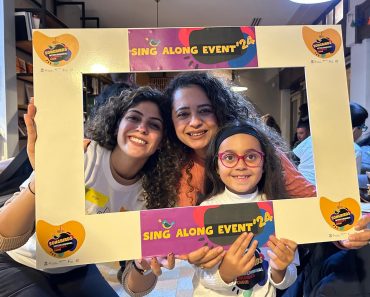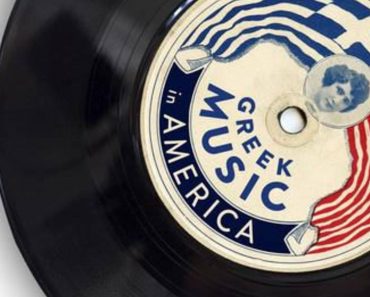
Bronze Age cymbals found in Oman are shedding new light on how music may have brought ancient civilizations together. The copper-alloy instruments, discovered at an archaeological site in the country’s north, suggest that sound and ceremony played a powerful role in connecting distant communities across the Persian Gulf during the third millennium BCE.
The cymbals were Unearthed in 2018 at the Dahwa site, which is linked to the ancient Umm an-Nar culture, and are the first instruments of their kind found in Oman with a clear archaeological context. The site, dating to the third millennium BCE, is located near the Hajar Mountains and has been the focus of ongoing research by archaeologists from Sultan Qaboos University.
In a study recently published in the journal Antiquity, researchers conducted detailed visual inspections and copper isotope analysis to trace the instruments’ origins. While the cymbals are similar to those used in the Indus Valley, testing confirmed they were made from local Omani copper, pointing to regional production rather than import.
Ceremonial context hints at ritual use
The instruments were found inside a high-status building identified as Structure S1, and experts believe they were deliberately placed, possibly as part of a ritual. Their presence within such a prominent structure suggests they may have been used during public ceremonies or communal gatherings.

Their placement and context indicate symbolic or ceremonial use, much like practices observed in ancient Mesopotamia and the Levant.
The discovery offers more than just evidence of musical expression. It contributes to a growing body of research showing that cultural connections during the Bronze Age went beyond economic trade. While most studies have focused on shared goods—such as pottery, beads, and tools—the cymbals reflect a more human dimension of interaction, including music, ritual, and group identity.
Artifacts point to Indus presence in southeastern Arabia
Other discoveries across southeastern Arabia support this view. Indus-style cooking vessels, terracotta toys, etched carnelian beads, and square ivory weights have been found at Dahwa and nearby sites like Salut and Bat. These finds suggest that migrants from the Indus region settled in the area between 2600 and 2000 BCE and were gradually woven into local life.
Archaeologists believe these communities may have also participated in copper mining and smelting, supported by scientific data showing that copper from Oman reached the Indus Valley. Yet researchers argue that the cymbals highlight the social and ceremonial ties that helped shape early multicultural societies.
“The discovery of the Dahwa cymbals encourages the view that, already during the late third millennium BCE, music, chanting, and communal dancing set the tone for mediating contact between various communities in this region for the millennia to follow,” the study states.






